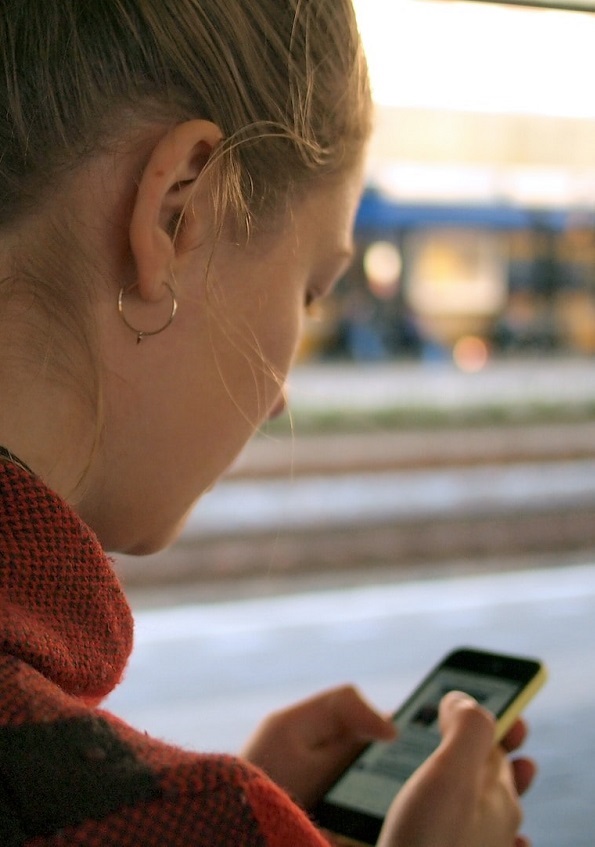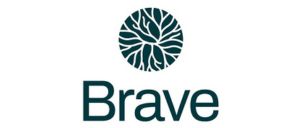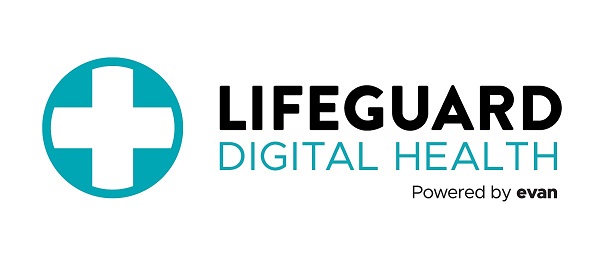
Save lives with overdose prevention technology
Amid the ongoing poisoned drug crisis, your housing organization wants to do everything possible to prevent or reverse potentially fatal overdoses among residents who use drugs. But it can be challenging to stay connected with and support the safety of people who use while alone.
A new $1-million initiative, administered by BC Non-Profit Housing Association and funded by BC Housing, aims to help by funding overdose prevention devices in eligible supportive housing buildings, emergency shelters and transition houses across the province to supplement the housing societies’ overdose prevention and response strategies. Through the initiative, housing societies who receive funding will be able to:
- Help residents connect with on-site staff when there is an overdose
- Support safer drug use among residents who use while alone
- Receive staff training resources and resident engagement plan resources
- Get three years of free service for devices installed through the initiative
BCNPHA is in the process of sending out notices to recipients. Notices are going out in small groups. If your organization has not received a notice, it does not necessarily mean you will not get a notice, but please keep in mind the demand for devices was greater than what can be funded with the funding available.
For more information, please email odtechfund@bcnpha.ca.
More Info
Who can apply?
Applications for this initiative are now closed.
The fund is open to housing societies applying for buildings in their portfolios that meet all of the following criteria:
-Operate in BC
-Offer the following types of housing in the buildings included in the application:
- Congregate supportive housing with on-site supports, with fixed term or no fixed term tenancies (if no 24/7 supports, additional information is required for the application to be considered)
- Year-round emergency shelters funded through the Emergency Shelter Program
- Complex care services in a congregate setting funded through AHMA
- Transition houses funded through the Women’s Transition Housing and Supports Program
-Have an operating or operator agreement with BC Housing*
-Have not already received funding for overdose prevention devices through Health Canada’s Substance Use and Addictions Program (SUAP or other funding sources**
*If no funding agreement with BC Housing, but meet the other eligibility criteria, please apply and the buildings will be considered on a case-by-case basis. If not yet operational, but applying for eligible building(s) in development, please apply and these applications will also be considered on a case-by-case basis.
** If some units/spaces in eligible buildings have overdose prevention devices, but not all that need it, please apply for the number of devices needed at these sites and BCNPHA will assess the application.
How does my organization apply?
Applications for this initiative are now closed.
What is the application deadline?
Applications for this initiative are now closed.
What are the potential benefits of overdose prevention devices?
Overdose prevention devices:
-Help people who are at high risk of overdosing in supportive housing, emergency shelters and transition houses connect to on-site staff in case of an overdose
-Support safer drug use
-Help activate life-saving responses when needed
-Particularly helpful for people in supportive housing, emergency shelters and transition houses when they use alone
-The installation and three years of service for the devices will be free for the devices allocated to housing societies through this initiative
-Service packages include staff training resources to use the devices
-Service packages include resident engagement resources to encourage use of the devices and reduce stigma
Overdose prevention devices is one piece of an overall overdose strategy. Sites may have other overdose prevention measures in place. The overdose prevention devices may or may not be used to replace some measures already in place, depending on the measures in place at each building. For example, daily check-ins with residents might continue once overdose prevention devices are in place, as not all residents will use the overdose prevention devices when it may be needed.
How will funding recipients be selected?
Demand for overdose prevention devices is greater than what this funding initiative can cover. BCNPHA is in the process of sending out notices to recipients. Notices are going out in small groups. If your organization has not received a notice, it does not necessarily mean you will not get a notice. For the first round of allocations, we are considering:
•Indigenous-led housing societies;
•Applications with a smaller number of devices requested; and
•Housing societies that do not already have overdose prevention devices installed
How much funding will my organization get?
BCNPHA will inform housing societies selected for funding about the amount funding that will be earmarked to orders devices eligible for funding through this initiative and 3 year service package for each of those devices. Demand for overdose prevention devices is greater than what this funding initiative can cover. Housing societies that are selected for funding through this initiative may not get all the funding they need to cover the devices they requested in their application forms.
If housing societies that receive funding do not end up needing all the funding that was earmarked for them, the remaining funding will be reallocated to an organization that did not get selected for funding through this initiative or did not get all the funding they requested due to high demand. If housing societies selected for funding order more devices than the funding allocated to them and/or devices not eligible through this funding initiative, the housing society will be responsible for paying the supplier directly for the remaining amount.
The suppliers’ prices for the devices eligible for funding through this initiative are as:
Brave Devices:
Brave Buttons (Minimum order: 15 buttons per location)*
•Price: $350 each
•Installation: Ready-to-use with adhesive or screws for high-traffic areas.
•Support: Includes training/onboarding guides and remote technical assistance.
Brave Sensors (No minimum order)*
•Price: $2,000 each
•Installation: May require engaging an electrician for installation.*
•Support: Comes with training/onboarding guides and remote technical assistance.
*Pricing Includes
•Shipping to the installation site
•Three-year service package
•Staff training and resident engagement materials
•Leased device cost**
•*The consolidated pricing structure is specific to orders placed through this funding initiative, which may vary from standard website listings.
•**Devices are leased, not purchased.
LifeguardLiteTM Devices:
Devices: $295 per device*
Installation: Lifeguard Digital Health will send a team to install the devices and provide staff training and resident engagement resources (included in the cost of the device)
Service package: $9.95 per device per month (this would be $358.20 per device for the three year service package funded through this initiative)
Central emergency response panel: $500 per panel and $9.95 per month for the service fee (this would be $358.20 per control panel for the three year service package funded through this initiative)**
*This price is a special offer for this funding initiative
**Each building installing LifeguardLiteTM will need to include a central control panel and monthly support in their funding application


